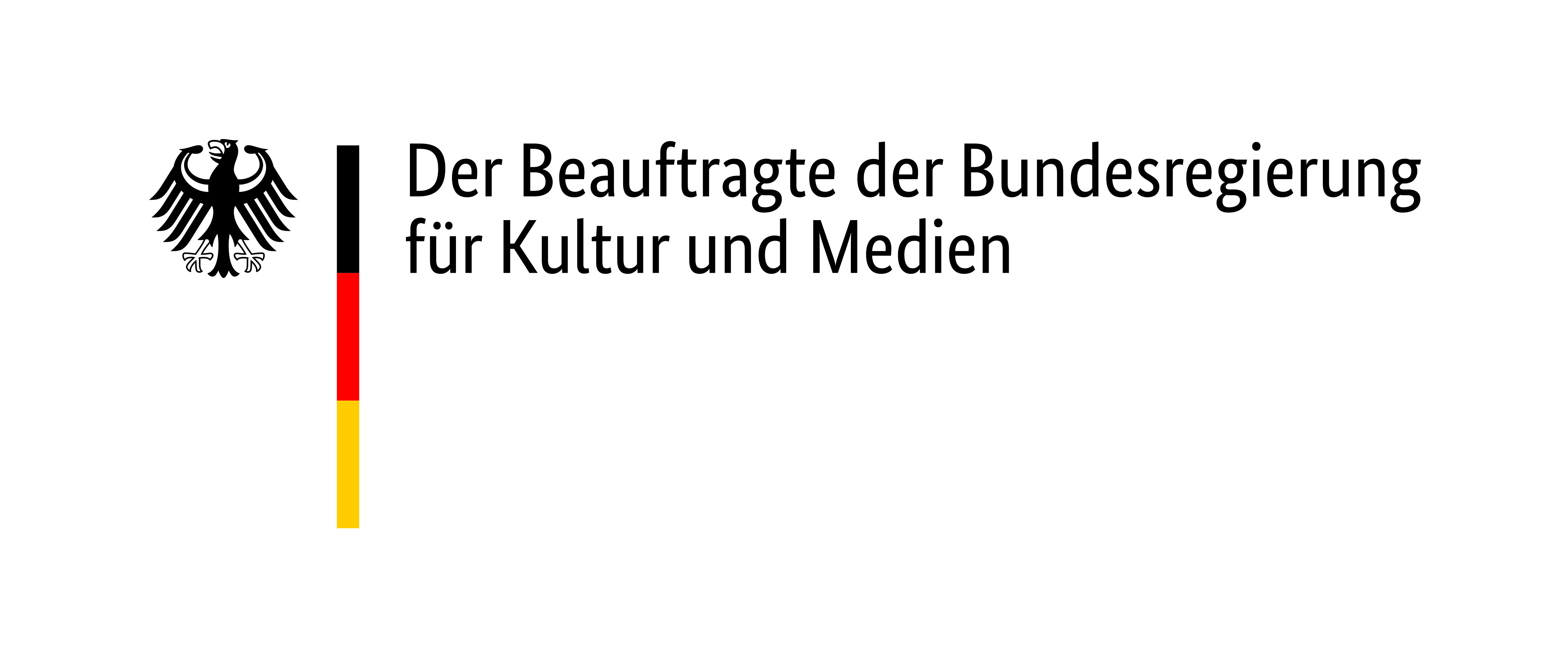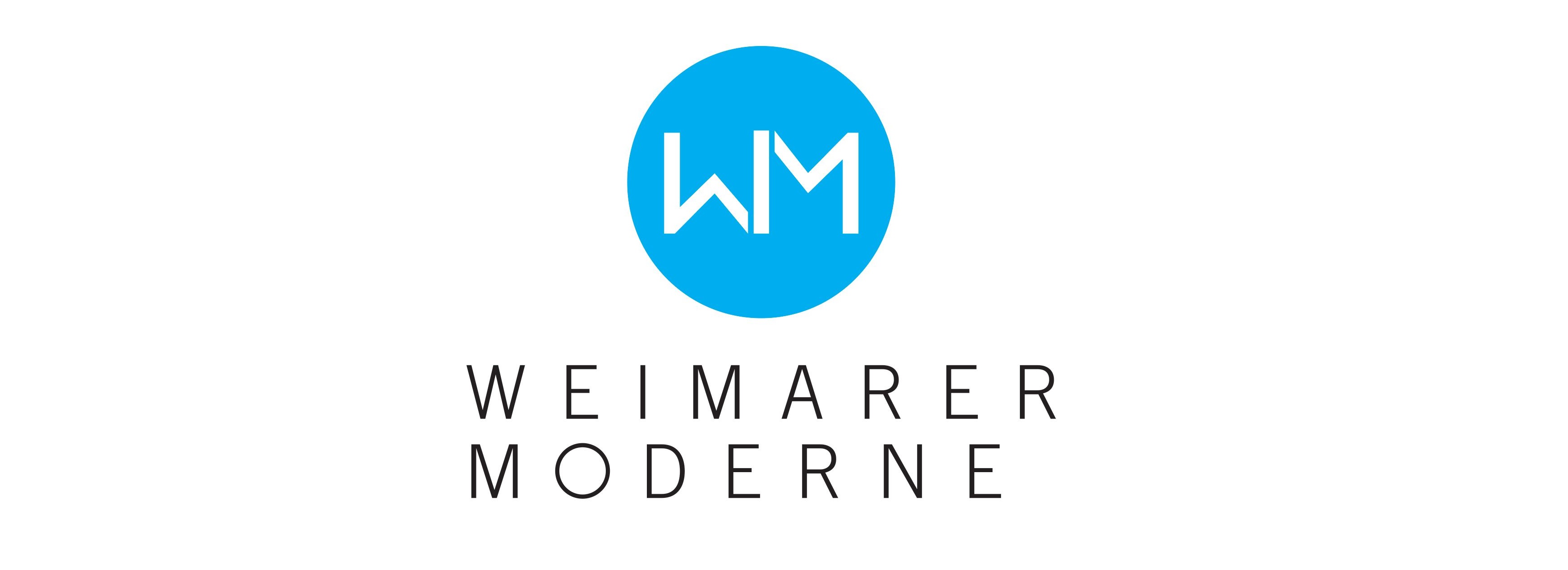
Amongst the camps surrounding the BMW-factories was the “SS and Police Penal Camp Dachau” for convicted members of SS and police forces. The “Z” stood for “Zuchthaus”, marking those sentenced to especially harsh conditions of imprisonment. ©BMW Group Archiv

Amongst the camps surrounding the BMW-factories was the “SS and Police Penal Camp Dachau” for convicted members of SS and police forces. The “Z” stood for “Zuchthaus”, marking those sentenced to especially harsh conditions of imprisonment. ©BMW Group Archiv

Concentration camp inmates could be recognized by their striped uniforms. These photographs were most likely propaganda photos. ©BMW Group Archiv
Weapons manufacturers had no scruples about using cheap and potentially well-trained forced laborers, but they had little concern for how they were housed and fed. Forced laborers usually lived in barracks in camps within close proximity to the factory halls. Many suffered from constant hunger. They were policed and harassed during work, in camps, and during their free time.
Towards the end of the war, 90 percent of the labor force at the BMW Werk II in Munich-Allach, the largest airplane motor factory of the German Reich, was forced laborers from occupied Europe, prisoners of war, or concentration camp inmates. Between 1939 and 1944 the number of employees rose from 1,000 to 17,000 people.
Forced laborers not only worked in production but also in expanding the factory. Due to its significance for the weapons industry, BMW was given preference by the offices of the Labor Administration in terms of worker allocations. The company's labor needs were still never fully met.
In some cases western European workers lived in private quarters. For all others, multiple camps with barracks were built around the factory complex up until 1944, and these housed over 14,000 people. They included several thousand concentration camp prisoners, which in 1942 the company's leadership had made efforts to receive.



